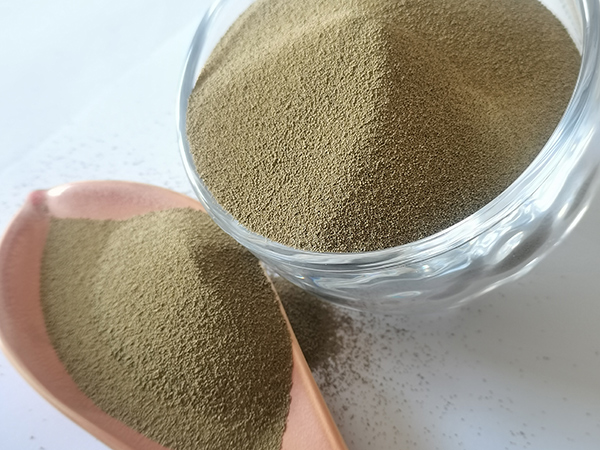Foundry Sand Testing A Critical Aspect of Metal Casting
Foundry sand testing plays a vital role in the metal casting industry, ensuring that the materials used in the production process meet the necessary standards for quality and performance. The sand used in foundries is primarily silica sand, which is molded to create patterns for casting metals like iron, aluminum, and steel. The effectiveness of this process significantly depends on the properties of the sand, which makes testing indispensable.
Foundry Sand Testing A Critical Aspect of Metal Casting
Another critical property to test is the moisture content of the sand. The amount of moisture in the sand can affect its bonding properties and the ability to retain shape during the casting process. Too much moisture can lead to steam generation, potentially resulting in explosions or mold failures, while too little can cause the mold to crack. Therefore, foundries typically conduct moisture tests using specific drying methods and scales to ensure that the sand maintains an appropriate moisture level for optimal performance.
foundry sand testing

The clay content within the sand also requires careful monitoring. Clay acts as a binder that helps to hold sand grains together and provides strength to the mold. However, excessive clay content can create issues with the casting surface finish, leading to defects. Foundries often utilize methods such as the plasticity index test to evaluate the clay content, which gives insight into the sand’s bonding characteristics and overall moldability.
For foundries that use reclaimed sand, testing becomes even more critical. Reclaimed sand can vary greatly in its composition and properties due to previous use. Therefore, conducting comprehensive tests on reclaimed materials is essential to determine their suitability for reuse. This may include looking for impurities, analyzing the grain size distribution, and assessing moisture and clay content to ensure that the reclaimed sand performs comparably to fresh sand.
In addition to these standard tests, foundries may also conduct further testing to evaluate the thermal properties of the sand, such as its thermal conductivity and resistance to thermal shock. These characteristics are crucial for ensuring that the sand can withstand the high temperatures of molten metal without breaking down or losing its integrity. Advanced tests, including X-ray diffraction and scanning electron microscopy, can provide insights into the mineral composition of the sand, aiding in precise quality control.
In conclusion, foundry sand testing is a fundamental aspect of the metal casting process, influencing both the quality of the final product and the efficiency of the production process. Rigorous testing helps in identifying the optimal characteristics of sand, ensuring that it meets industry standards and caters to specific casting requirements. By maintaining strict quality control through comprehensive testing, foundries can not only enhance the performance of their casting operations but also minimize defects, leading to improved efficiencies and cost-effectiveness in metal production. The importance of these practices cannot be overstated, as they are the backbone of a successful casting operation in the competitive manufacturing landscape.
Post time:Aug . 21, 2024 03:42
Next:Polishing Techniques for Resin Surfaces Using Sand and Fine Abrasives
